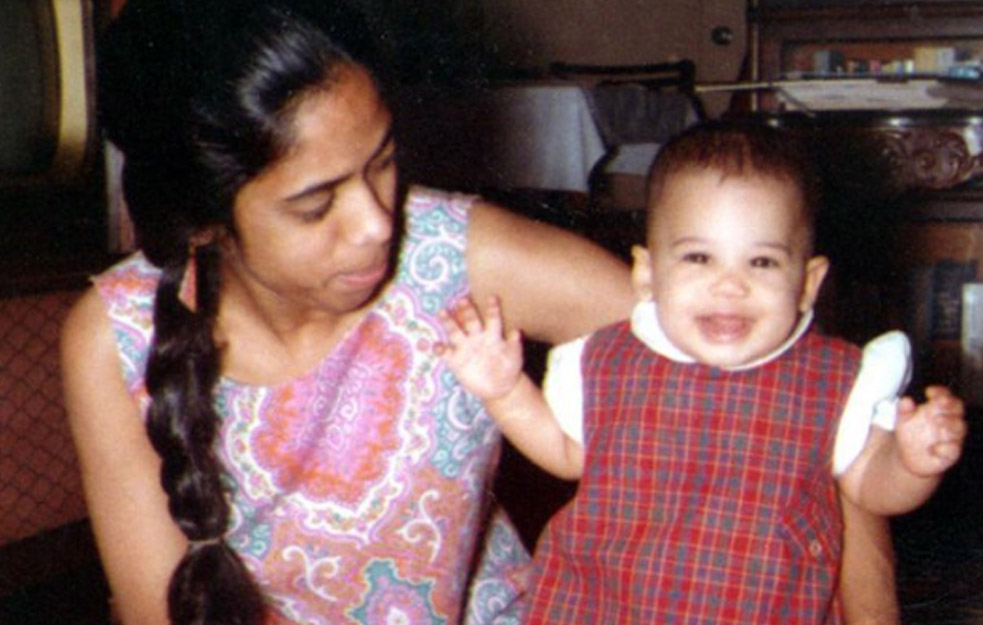Children without internet
The digital divide is a growing issue with serious implications for todays youth. It refers to the gap between those who have access to and can use technology, and those who do not.
Exploring the digital divide
The digital divide is a pressing issue facing the world today, particularly for children. It refers to the gap between those who have access to and can use technology, and those who do not. This divide has been further widened by the pandemic, as more people than ever before are relying on technology for everything from work to learning.
In terms of current trends in access to technology, there is an alarming disparity between developed and developing countries – with only 4% of households in the poorest countries having internet access compared to 95% in wealthier nations. Even within each country, there can also be significant differences in access between rural and urban areas. The digital divide has thus become a major barrier for students living in developing countries or rural areas who cannot take advantage of online learning opportunities due to lack of access or resources.
The effects of unequal access to technology can be profound – from reduced educational attainment and career opportunities due to a lack of resources, to limited economic development potential due to limited technological capabilities. Moreover, this lack of access also limits individuals’ ability to stay informed about global news and events that could affect their lives directly or indirectly.
In addition, the implications for society at large are great when certain populations are unable to keep up with advancements in technology or engage with digital tools due to a lack of resources or knowledge – something that could result in further marginalization and inequality on both individual and societal levels.
It is therefore essential that initiatives be implemented in order bridge this gap so all children have equal opportunity when it comes accessing educational materials online, staying connected with peers through social media platforms, engaging with global news events digitally, et cetera. Programs such as providing free Wi-Fi hotspots across communities or running coding classes for kids living in remote locations can help bridge the digital divide significantly – but it will take concerted effort from governments and private organizations alike if we want everyones voices heard equally on a global level. We must all take action now if we hope every child has equitable access to tech resources!
How it used to be before there was developed technology, and how children of other nations enjoyed it.
Do not ever judge a book by its cover pic.twitter.com/fYWTN65h5e
— Vala Afshar (@ValaAfshar) May 28, 2023
Understanding the impact of the digital divide on kids today
The digital divide has the potential to cause serious and long-lasting consequences for children around the world. It can put them at a disadvantage academically, professionally, and socially, particularly if they are in developing countries or rural areas where access to technology is limited.
When it comes to education, students who don’t have access to computers or the internet may find themselves falling behind their peers in terms of knowledge and skills. This lack of exposure to technology can prevent them from keeping up with classroom assignments, completing research projects, and accessing online resources that could help them succeed.
Furthermore, it can limit their career options as they grow older. Without access to technology, young people may not be able to build the necessary skillsets required for success in today’s job market. Moreover, without internet access, many jobs will be out of reach due to how much communication is now conducted online.
Finally, the digital divide can also widen social gaps between those who do and dont have access to technology. Those who do not have access may feel left out of conversations or activities that involve tech tools such as video chat or gaming systems. They may also struggle to keep up with friends on social media platforms due to a lack of understanding about how these work.
Fortunately there are initiatives being implemented around the world that aim to bridge this gap between those who have access and those who do not. For instance, free Wi-Fi hotspots are being set up in remote locations so that everyone has equal opportunities when it comes connecting digitally. Coding classes are also being offered in remote communities so children can learn how create websites and apps for their own use or even start businesses using coding skills they learn from these classes. Other solutions include providing more affordable devices and better infrastructure for rural areas so they too can benefit from all technology has offer no matter where they live – something essential for ensuring everyone’s voices are heard equally on a global level.
It is clear then that bridging the digital divide should be a priority if we are going ensure every child has equal opportunities when it comes accessing technology and all its benefits - something essential if our society is going truly progress towards equality for all ages groups both now into the future. Governments need to take action by investing more money into bridging this gap while private organizations need partner with them in order achieve this goal - something we should all strive towards achieving together
The risks of being left behind
The digital divide has had a profound impact on kids around the world, both in the short and long-term. Without access to technology, children are unable to access educational resources like online classes and personalized learning tools, putting them at an immediate disadvantage compared to those with adequate access. This can create gaps in knowledge and skills between children of different socioeconomic backgrounds, leading to a digital divide among students of varying means.
Inadequate access to technology can have serious long-term consequences for students as well. Students who are unable to keep up with their peers academically due to lack of resources may find themselves at a significant disadvantage when it comes time for college admissions or job applications. They may also be left out of conversations about current events or pop culture due to limited or outdated access to technology.
The risks posed by the digital divide extend far beyond education and career opportunities; its effects can cause lasting social exclusion for those without adequate access as well. In order for all children across the globe to be able to reach their full potential, it is essential that we bridge this gap and ensure everyone has equal access to quality technology resources and opportunities. Governments and private organizations must work together in order close this divide so that all voices are heard equally on a global level.
Taking action to bridge the digital divide for kids
The digital divide is a serious obstacle for many kids in the US. To ensure all children have access to the same resources and opportunities, there must be collective action from governments, businesses, and individuals.
One of the most successful efforts to bridge this gap has been providing free Wi-Fi hotspots in rural and low-income areas. These hotspots give remote students access to online courses and research tools – essential learning materials that can open up career pathways later on. Furthermore, coding classes are being offered without charge in some places, allowing those from disadvantaged backgrounds to gain technical skills.
Organizations like EveryoneOn are actively working towards closing the digital divide by offering digital literacy training and affordable devices to lower-income families. Similarly, Microsoft’s Airband Initiative is looking to bring high-speed internet access to 2 million people living in rural America by 2022.
Individuals are also taking steps; tech companies such as Apple run volunteer programs where employees donate their old iPhones or iPads for educational use by kids who dont have technology at home. Parents can likewise help bridge the digital divide for their own children through after school coding classes or providing them with books about computer science at home so they can learn beyond what’s taught at school curriculums. Additionally, signing up for an internet plan if it’s within budget will allow those without access at home get online during after-school hours if there aren’t any public libraries nearby with free Wi-Fi hotspots available.
To make sure every child has equal access technology resources regardless of location or socioeconomic background requires collective effort from governments, private organizations and individuals alike – all united towards a common goal which allows future generations to benefit from a more connected world with better job prospects and educational attainment levels across demographics.
Conclusion: A call to action
Conclusion: A Call to Action The digital divide is a serious issue that needs to be addressed, and it’s up to us as individuals, organizations, and governments to take action. Bridging the digital divide for kids can have multiple benefits, from improved educational outcomes to greater access to career opportunities. It is our responsibility to ensure that all children have access to the same resources and opportunities.
Individuals can take steps such as donating old devices, providing books about computer science, and signing up for an internet plan if it’s within budget. Organizations can also implement initiatives such as free Wi-Fi hotspots in rural and low-income areas, offering coding classes, and digital literacy training. Governments should invest money into these initiatives in order to bridge the gap between those with access to technology and those without.
Ultimately, bridging this gap starts with collective action from everyone in society. We must all commit ourselves towards reducing the digital divide for kids today so that they can thrive tomorrow. Only when we come together will we create a more equitable future where everyone has equal access to technology and its associated benefits.

















